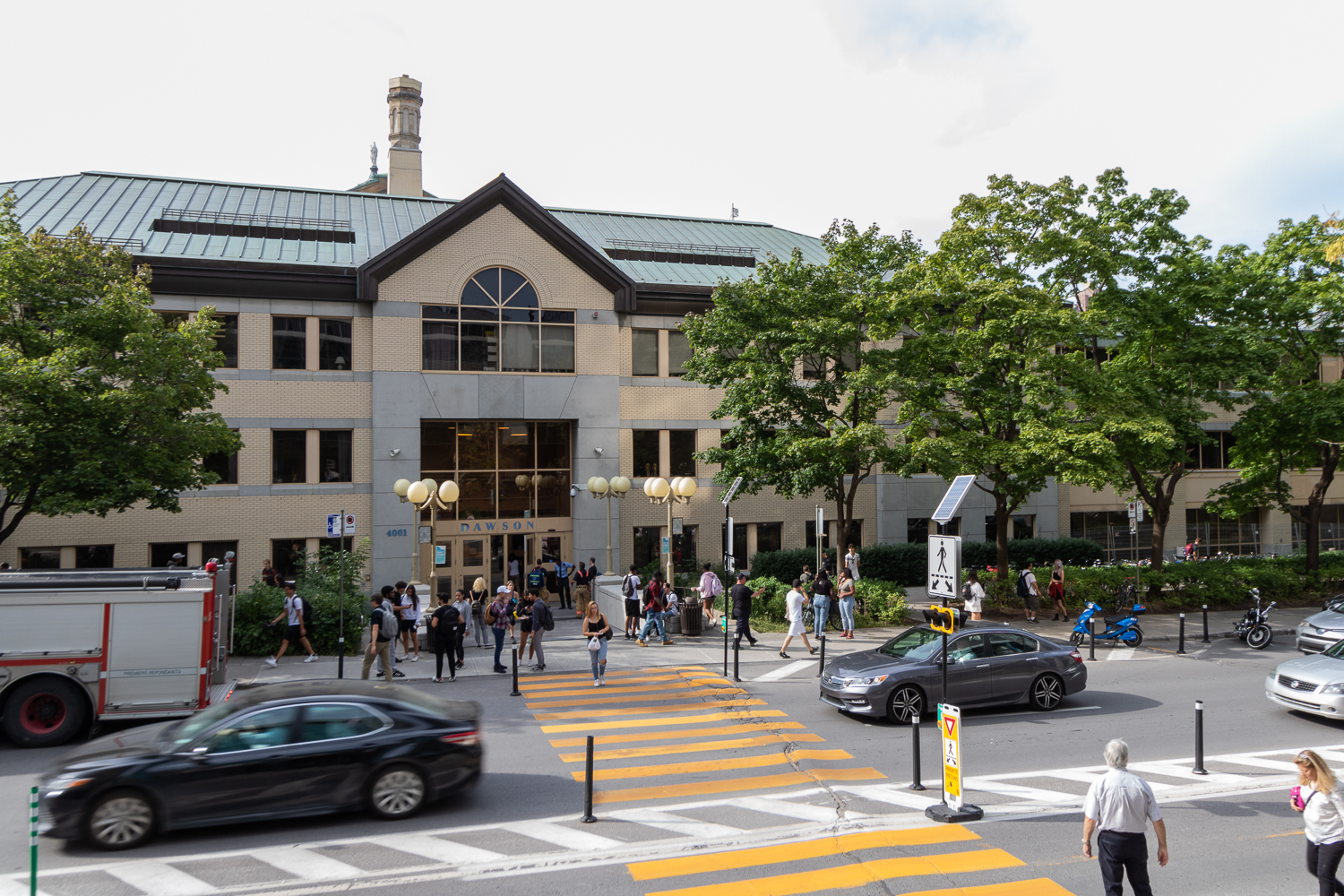The Quebec government’s decision to abruptly cut the $100 million worth of funding once promised to Dawson College raises questions, especially for what they had planned on doing with the funding
The Coalition Avenir Québec’s (CAQ) sudden change of heart to cancel the Dawson funding project has left many in the English community scratching their heads as to why the once-promised $100 million project to expand the institution is no more.
Over seven years in the making, the long-term project supposedly guaranteed Quebec’s largest English CEGEP funding to expand its medical technology department. According to Dawson’s Communications Coordinator Donna Varrica, the funding would have improved upon the current lack of adequate space to comfortably host all of the CEGEP’s students, all while providing a medical clinic in the area that would serve the community and train their students.
“Over the past two years, we’ve been hearing about the lack of skilled labour in those areas”, Varrica said when referring to Quebec’s healthcare system. “The fact that it’s overburdened, the fact that there’s a burnout because they’re understaffed, the timing couldn’t have been any worse. Here we were providing a solution for the healthcare system and had the rug pulled from under us,” Varrica said.
Former Dawson alumni, lawyer, and Quebec Community Groups Network secretary Matt Aronson said the sudden budget cut emits “a feeling of betrayal, disappointment and outrage,” among many in the English-speaking community. “The funds that have been previously committed for a shovel-ready project that met the needs of not only the community, but of the healthcare system were being withdrawn so that they can prioritize French institutions.”
The decision makes less sense when put into context. Last November, the CAQ unveiled a new $3.9 billion investment plan to attract 170,000 students interested in enrolling in essential sectors like health and social services. The decision to cut funding seemed entirely propelled by language as Quebec’s Minister of Higher Education Danielle McCann advised Dawson that the decision to scrap the expansion project was based to prioritize francophone institutions and students.
For many, the swift motion to pull funding from Dawson not only seems like a political chess move with an upcoming election on the horizon but also felt like the government was picking sides, choosing to favour francophones. “There really is no two ways about it, it’s clearly the case that the decision was made entirely arbitrarily because, had Dawson College been a francophone institution, they’d be getting the money,” Aronson said.
“They have an election coming in October, and in the event that they fulfill their obligations as good government they would allow for the possibility that they would be pillory in some very nationalist French press for doing anything to assist an English-speaking community to thrive.”
More than a matter of space
Though all students have experienced the same space issue over the past 20 years, students studying in health programs especially need the extra room for the machines that they operate. “Because our programs are technologically advanced, we had to invest in some big and expensive equipment,” Varrica said. “The entire nurse simulation room is an old closet.” Though Dawson’s students are still getting their education, the infrastructure in which they’re receiving it is too small to accommodate both students and equipment.
“Even to this day if you walk through our halls, you’ll see a student on the floor with their laptop plugged into a wall socket because that’s the only place where they could sit,” Varrica explained.
“We’re not looking to get more students; we have a cap of 7900 students and that’s what we’re sticking to. But even at that we’re still short of space,” described Varrica.
Dawson has been trying to find alternatives to comfortably accommodate the ones currently enrolled. Legault and the CAQ have already acknowledged the need of over 11,000 square metres of added space despite Parti Quebecois pushback. The decision to pull back in the final hour raises questions regarding why now the government saw fit to cancel the project, especially when they’ve defended it in the past.
The budgetary decision may affect francophone students enrolled at Dawson, the students the government has intended to protect. Dawson Student Union President Alexandrah Cardona said the students she represents aren’t exclusively anglophone, and the narrative from the government that Dawson is exclusively for English speakers is far from the truth. “In the day-to-day lives of Dawson students, we are francophone, we are anglophone, we are bilingual, we’re allophones, we speak all types of languages and so that’s where the confusion comes from.”
Photo by Kaitlynn Rodney
